Order: Accipitriformes
Family: Pandionidae
Genus: Pandion
Species: Pandion haliaetus
The osprey is, within its range, a common sight around waterways. They are unusual among other raptors in that they are almost strictly piscivorous. (Poole, 1989). Females are larger than the males, but it is typically difficult to discern age or sex. (Saggesse, 2014).
Osprey can be found in many places across the globe, potentially found in every continent except Antarctica (although the resident species in Australia is considered by some to be a separate species: Pandion cristatus, the Eastern Osprey). (Dennis, 2014). In North America, they exist in three main populations: the northwestern population, the eastern population, and the central population, of which are differentiated, in part, by their migrations (further discussed below, under “Behavior”. (Martell, 2014).
Ospreys, due to their near-exclusive diet of fish, are found primarily near bodies of water that contain fish, including rivers, lakes, and oceans. As people put up artificial nesting towers in order to encourage osprey population growth, ospreys have used them, and, at least in some places, seem to prefer them and other man-made structures for nesting. In addition, those who used such structures appear to have a higher productivity rate than those who nested in trees, likely in part due to protection from predators. (Canal, 2017).
Ospreys eat primarily fish, though which species varies upon the season and their location. (Poole, 1989). In the United States, Bald Eagles will sometimes attack ospreys and force them to drop their fish. (Ogden, 1975). In the nesting seasons, a male osprey delivers around 6 fish to the nest daily. The fish they catch average in size between 21 and 32 cm in length, though smaller and larger fish have been observed. (Siverio, 2011). However, they appear to be unable to carry any fish heavier than a kilogram. (Häkkinen, 1978).
Osprey Calls recorded by Thomas Magarian, obtained from Xeno-Canto.
Osprey Alarm Call recorded by Thomas Beverly, obtained from Xeno-Canto.
Mating and nesting behavior of ospreys have been fairly well studied. Ospreys form monogamous pairs, though extra-pair copulations do occur. Both genders help build the nest, though the female tends to work on it more. (Ajmi, 2015). So long as abundant food sources are availiable, ospreys tolerate other nests fairly close to their own, defending only the immediate area around it. (Ogden, 1975).
The female sits upon the nest the majority of the time, though the male occasionally relieves her from her post. During this time, she usually preens herself before reclaiming her post. The male’s main duty is as provider and protector, fishing for the female and later the chicks, and defending the nest against predators like ravens or competitors like another male osprey. Their eggs don’t hatch all at once, and the eldest tends to be the strongest and therefore has priority when food is scarce. As the chicks grow larger, the female spends less time caring for them and moves farther away from the nest, while the male continues to work to provide. Chicks fledge from the nest after fifty days. (Ajmi, 2015)
Osprey migration within North America tends to follow the trends of their population groupings. Ospreys from the Northwestern region fly along the western coast and winter in central America. Eastern ospreys fly south through Florida and the Caribbean, overwintering in various parts of South America. The central ospreys will either join the Eastern ospreys on their route through Florida, or fly through central America to reach South America. They will likewise these routes back north. (Martell, 2014).
Bierregaard, R. O., David, A. B., Gibson, L., Kennedy, R. S., Poole, A. F., Scheibel, M. S., & Victoria, J. (2014). Post-DDT Recovery of Osprey ( Pandion haliaetus) Populations in Southern New England and Long Island, New York, 1970-2013. Journal of Raptor Research, 48(4), 361–374. https://doi-org.evergreen.idm.oclc.org/10.3356/JRR-OSPR-14-04.1
BirdLife International 2016. Pandion haliaetus. The IUCN Red List of Threatened Species 2016: e.T22694938A93478747. http://dx.doi.org/10.2305/IUCN.UK.2016-3.RLTS.T22694938A93478747.en. Downloaded on 8 March 2019.
Canal, D., Morandini, V., Martín, B., Langgemach, T., Muriel, R., de Lucas, M., & Ferrer, M. (2018). Productivity is related to nest site protection and nesting substrate in a German Osprey population. Journal of Ornithology, 159(1), 265–273. https://doi-org.evergreen.idm.oclc.org/10.1007/s10336-017-1498-8
Dennis, T. E., & Clancy, G. P. (2014). The Status of the Osprey ( Pandion haliaetus cristatus) in Australia. Journal of Raptor Research, 48(4), 408–414. https://doi-org.evergreen.idm.oclc.org/10.3356/JRR-OSPR-14-01.1
Häkkinen, I. (1978). Diet of the Osprey Pandion haliaetus in Finland. Ornis Scandinavica (Scandinavian Journal of Ornithology), 9(1), 111-116. doi:10.2307/3676145
Henny, C. J., Kaiser, J. L., Grove, R. A., Bentley, V. R., & Elliott, J. E. (2003). Biomagnification Factors (Fish to Osprey Eggs from Willamette River, Oregon, U.S.A.) for PCDDs, PCDFs, PCBs and OC Pesticides. Environmental Monitoring & Assessment, 84(3), 275–315. https://doi-org.evergreen.idm.oclc.org/10.1023/A:1023396815092
Kalvans, A., & Bajinskis, J. (2016). The diet composition of breeding Ospreys (Pandion haliaetus) in Latvia. Environmental & Experimental Biology, 14(3), 107–111. Retrieved from http://search.ebscohost.com.evergreen.idm.oclc.org/login.aspx?direct=true&db=a9h&AN=119074109&site=ehost-live
Martell, M. S., Bierregaard, R. O., Washburn, B. E., Elliott, J. E., Henny, C. J., Kennedy, R. S., & MacLeod, I. (2014). The Spring Migration of Adult North American Ospreys. Journal of Raptor Research, 48(4), 309–324. https://doi-org.evergreen.idm.oclc.org/10.3356/JRR-14-00035.1
Ogden, J. (1975). Effects of Bald Eagle Territoriality on Nesting Ospreys. The Wilson Bulletin, 87(4), 496-505. Retrieved from http://www.jstor.org.evergreen.idm.oclc.org/stable/4160685
Poole, A. (1985). Courtship Feeding and Osprey Reproduction. The Auk: Ornithological Advances, 102 (3), 479–492. Retrieved from https://doi.org/10.1093/auk/102.3.479
Poole, A. (1989). Ospreys: A Natural and Unnatural History. Cambridge, England: Cambridge University Press.
Saggese, M. D., Roesler, I., & Marano, C. F. (2014). Wintering of Ospreys in Argentina: Insights From New Records Between 1993-2008. Journal of Raptor Research, 48(4), 345–360. https://doi-org.evergreen.idm.oclc.org/10.3356/JRR-OSPR-14-03.1
Siverio, M., Rodríguez, B., Rodríguez, A., & Siverio, F. (2011). Inter-insular variation of the diet of osprey Pandion haliaetus in the Canarian archipelago. Wildlife Biology, 17(3), 240–247. https://doi-org.evergreen.idm.oclc.org/10.2981/10-004
Washburn, B. E., Martell, M. S., Bierregaard, R. O., Henny, C. J., Dorr, B. S., & Olexa, T. J. (2014). Wintering Ecology of Adult North American Ospreys. Journal of Raptor Research, 48(4), 325–333. https://doi-org.evergreen.idm.oclc.org/10.3356/JRR-OSPR-13-01.1

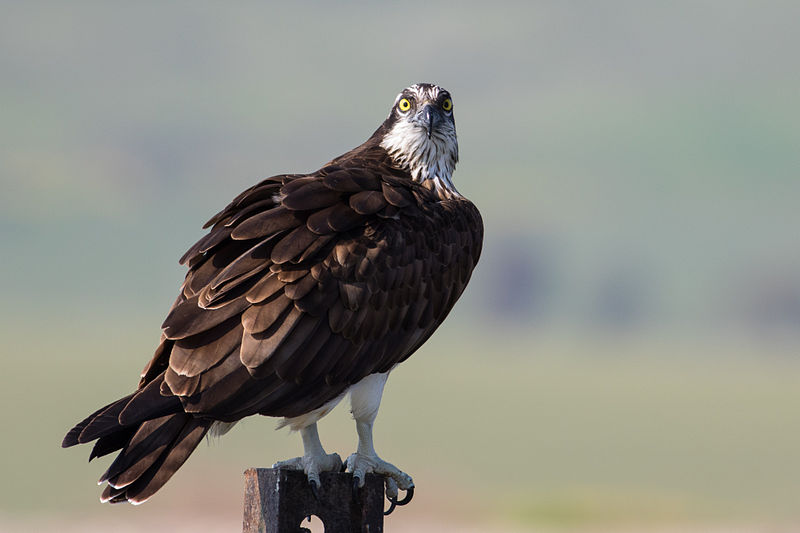
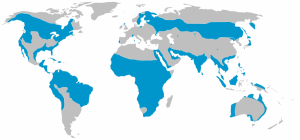
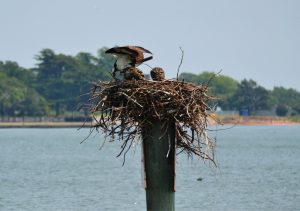
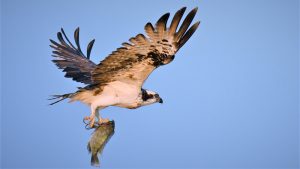
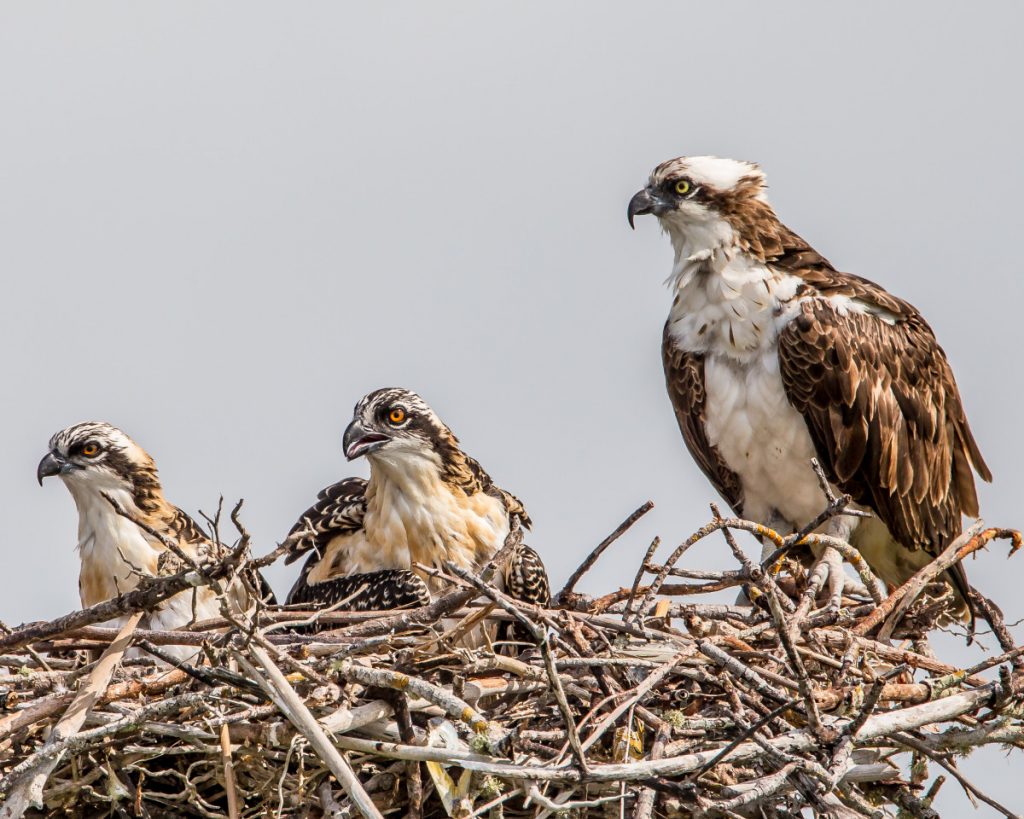
Leave a Reply